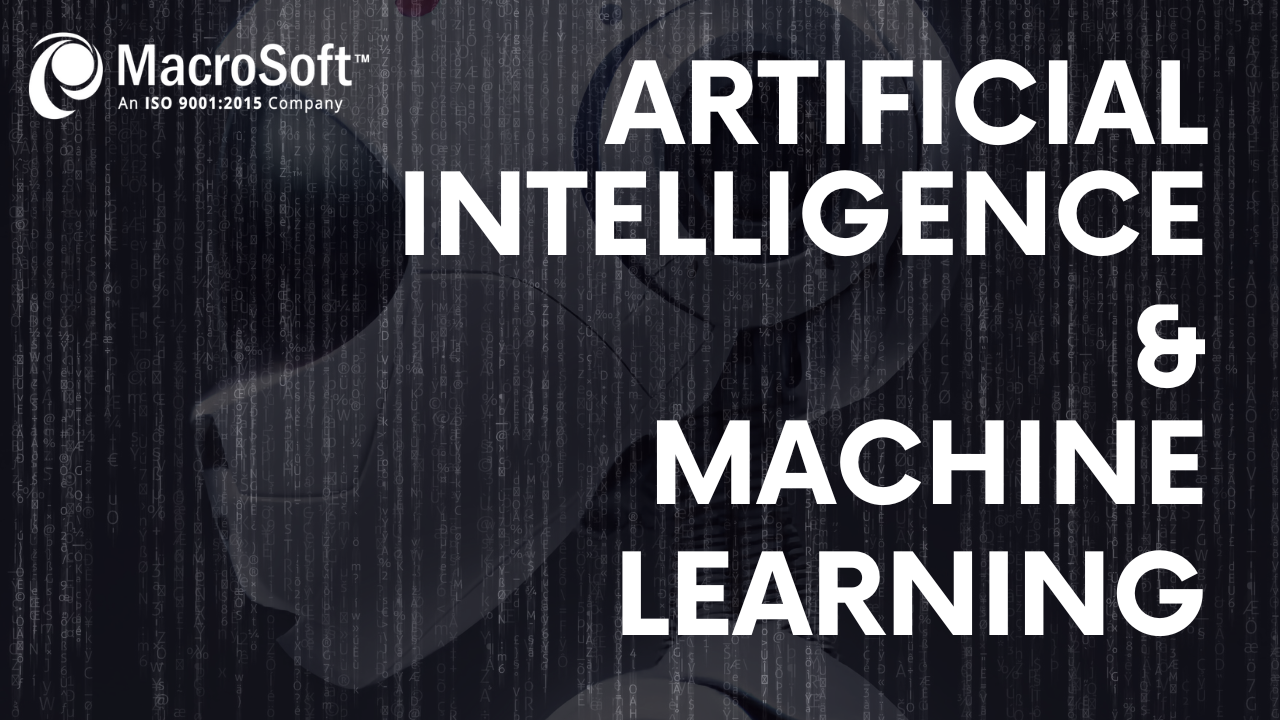
Artificial Intelligence (AI) has swiftly moved from science fiction to a core part of our daily lives. From powering search engines to driving cars and diagnosing diseases, AI systems influence decisions that affect millions. Yet, alongside this progress comes a pressing question: Can we trust AI?
A major challenge to trust in AI lies in two key issues — hallucinations and bias. In this blog, we’ll dive deep into what these issues are, why they matter, and what is being done to combat them.
Understanding Hallucinations in AI
What Are AI Hallucinations?
In the context of AI, particularly large language models (LLMs) like GPT-4 or Google’s Gemini, a “hallucination” refers to the generation of output that is incorrect, misleading, or made-up. For example, an AI might confidently assert that “Albert Einstein won the Nobel Prize in Chemistry,” when in reality, Einstein won in Physics. These hallucinations can occur in text, images, or even audio generated by AI.
Why Do Hallucinations Happen?
- Training Data Limitations: AI models are trained on vast datasets scraped from the internet, books, and other sources. If the data contains inaccuracies, the AI may reproduce them.
- Pattern Completion, Not Reasoning: LLMs predict the next word or phrase based on patterns, not genuine understanding. This means they can “fill in the blanks” in unpredictable ways.
- Ambiguous Prompts: Vague or poorly structured user prompts can prompt the AI to “guess” or invent information.
Risks of Hallucinations
- Misinformation: Users may take AI outputs as fact, propagating falsehoods.
- Legal and Ethical Implications: In domains like healthcare, law, or finance, hallucinations can have serious consequences.
- Erosion of Trust: Frequent hallucinations erode user trust, limiting AI’s potential.
The Problem of Bias in AI
What Is AI Bias?
AI bias occurs when AI systems produce results that are unfairly prejudiced due to underlying prejudices in their training data or design. For example, an image recognition system might misidentify people of certain ethnicities more frequently, or a recruiting AI might favor candidates of a particular gender.
Sources of Bias
- Historical Data Bias: If data reflects historical inequalities or stereotypes, the AI perpetuates them.
- Selection Bias: Datasets that underrepresent certain groups can skew results.
- Algorithmic Bias: Design choices in model architecture or training can introduce bias.
Consequences of AI Bias
- Discrimination: Biased AI can lead to unfair treatment in employment, legal, or social settings.
- Reinforcement of Stereotypes: AI can amplify existing social biases, making them harder to combat.
- Loss of Credibility: As with hallucinations, bias leads to a loss of trust in AI systems.
Combating Hallucinations & Bias: The Ongoing Fight
1. Improving Data Quality
- Curated Datasets: Using vetted, high-quality datasets helps reduce both hallucinations and bias.
- Data Augmentation: Supplementing underrepresented examples can balance the AI’s learning.
2. Model Evaluation & Testing
- Red Teaming: Actively testing AI outputs for inaccuracies and bias by using adversarial prompts.
- Benchmarks & Metrics: New metrics are being developed to detect and quantify hallucinations and bias.
3. Human-in-the-loop Systems
- Expert Review: Having humans review AI output, especially in high-stakes scenarios.
- Feedback Loops: Users can flag incorrect or biased outputs to improve future performance.
4. Algorithmic Improvements
- Fact-checking Layers: Integrating external sources or search APIs to verify facts before responding.
- Bias Mitigation Algorithms: Designing models and training procedures specifically to minimize bias.
5. Transparency & Accountability
- Explainability: Tools that help visualize why an AI made a certain decision.
- Auditing: Independent audits to evaluate AI systems for fairness and accuracy.
The Road Ahead: Responsible AI
No AI system is perfect — but perfection isn’t the goal. Rather, the focus must be on responsible development and deployment. This includes:
- Continuous monitoring for hallucinations and bias
- Open disclosure about AI limitations
- Collaborative efforts across industry, academia, and regulators
Conclusion
So, can we trust AI? The answer is: we can, if we remain vigilant. Trust in AI is not about blind faith, but about ensuring robust safeguards, ongoing scrutiny, and ethical commitment. With every step to minimize hallucinations and bias, we bring AI closer to being a trustworthy partner in shaping our future.
ByMichael Fitton | Published on July 11th, 2025 | Artificial Intelligence Service, New Technology and Trends

 Home
Home Services
Services Quadient Inspire
Quadient Inspire 




 Enterprise Services
Enterprise Services 






 Migration
Migration 







 Process Automation
Process Automation 




 Staffing Services
Staffing Services 













 Download Brochure
Download Brochure  Products
Products Resource Center
Resource Center Corporate Overview
Corporate Overview Careers
Careers Contact Us
Contact Us


